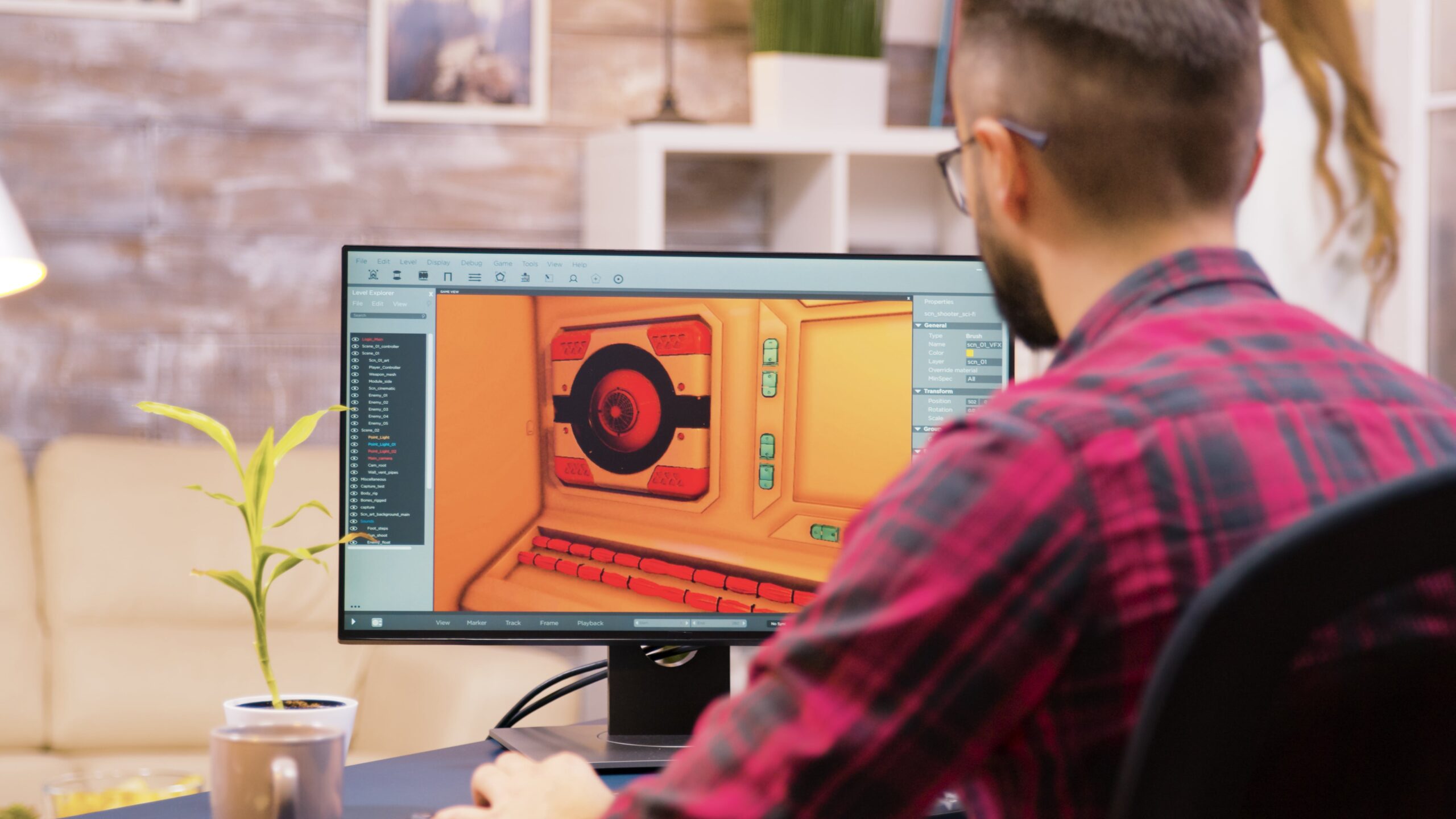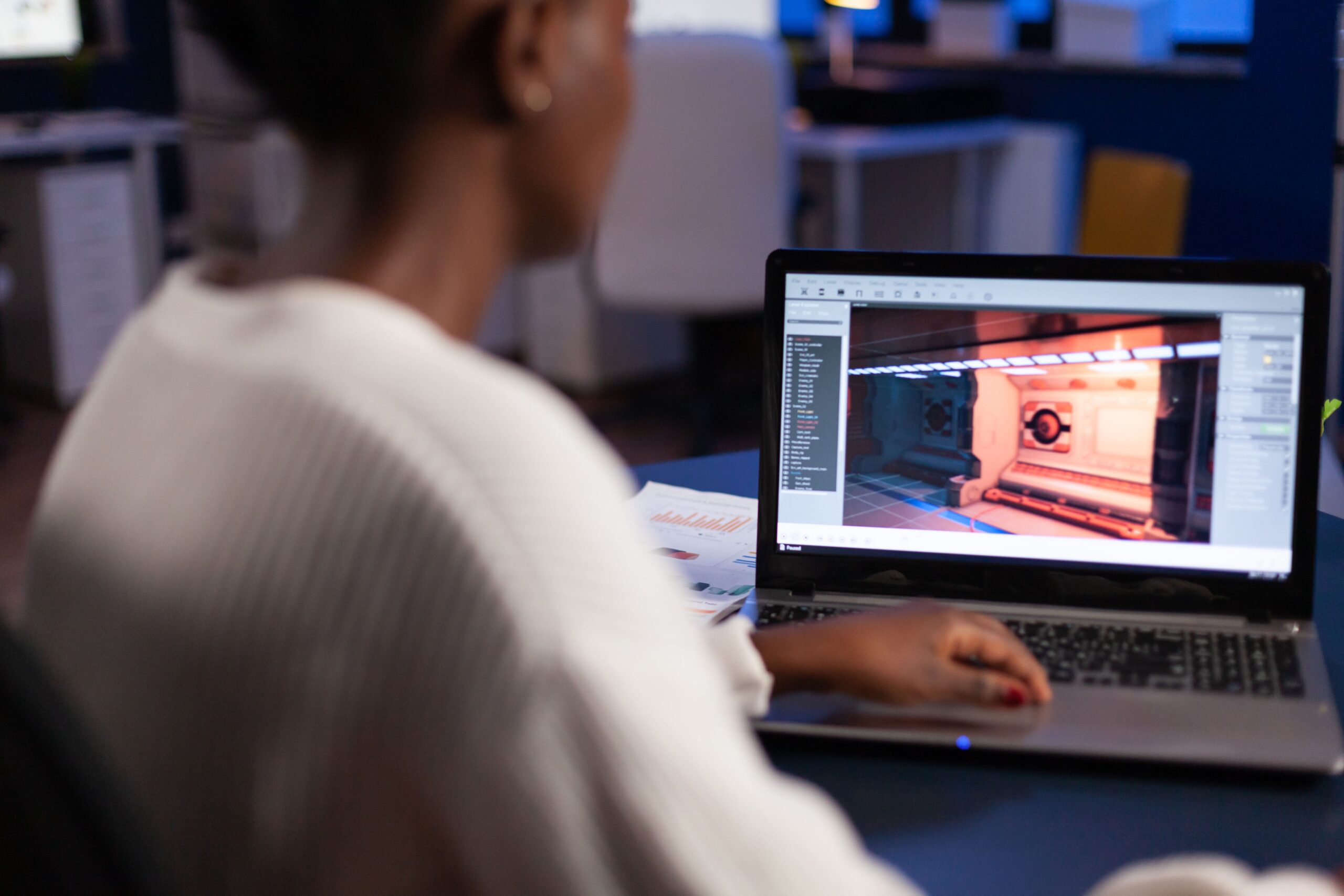2D animation is a classic and versatile form of animation that has been captivating audiences for decades. From beloved cartoons to informative explainer videos, 2D animation continues to play a significant role in the world of entertainment and education. In this comprehensive guide, we will explore what 2D animation is, its history, techniques, applications, and the future of this timeless art form.
Understanding 2D Animation
2D animation, also known as two-dimensional animation, is a traditional form of animation that involves creating movement in a two-dimensional artistic space. Unlike 3D animation, which adds depth and realism through three-dimensional objects, 2D animation relies on manipulating flat images to create the illusion of motion. This classic animation style has a long and rich history, dating back to the early days of cinema and hand-drawn animation.
History of 2D Animation
The roots of 2D animation can be traced back to the late 19th century with the invention of the first animation devices like the zoetrope and the flip book. These early inventions laid the foundation for the development of animation techniques that would later evolve into the animated films we know today. The golden age of 2D animation emerged in the early to mid-20th century with the creation of iconic characters like Mickey Mouse, Bugs Bunny, and Betty Boop.
Techniques in 2D Animation
2D animation encompasses a variety of techniques that bring static images to life. Traditional hand-drawn animation involves creating individual frames by hand and then sequencing them together to create movement. This labor-intensive process requires precision and skill but allows for a high level of artistic expression. Other techniques like cut-out animation, motion graphics, and digital drawing have modernized 2D animation, making it more accessible and efficient for animators.
Applications of 2D Animation
2D animation is widely used across various industries for a multitude of purposes. In the entertainment sector, 2D animation is prevalent in television shows, films, and web series. It is also commonly used in advertising to create engaging commercials and promotional videos. Educational content, such as e-learning modules and explainer videos, often utilizes 2D animation to simplify complex concepts and engage learners.
The Future of 2D Animation
While 3D animation has gained popularity in recent years, 2D animation continues to hold its own in the industry. The charm and nostalgia associated with hand-drawn animation, combined with modern digital tools, have kept 2D animation relevant and adaptable to new technologies. As the demand for visually appealing and storytelling-driven content grows, 2D animation remains a valuable and versatile medium for creative expression.
Exploring Career Opportunities in 2D Animation
A career in 2D animation offers a range of exciting opportunities for aspiring animators. From working in animation studios to freelance projects, animators skilled in 2D animation techniques are in demand across various industries. Some popular job roles in 2D animation include character animator, storyboard artist, background designer, and motion graphics designer. As the digital landscape continues to evolve, the demand for talented 2D animators is expected to rise.
Mastering 2D Animation Techniques
To excel in the field of 2D animation, aspiring animators can benefit from mastering essential techniques and tools. Understanding the principles of animation, such as timing, spacing, and squash and stretch, is crucial for creating fluid and lifelike motion. Familiarizing oneself with software like Adobe Animate, Toon Boom Harmony, and TVPaint can streamline the animation process and enhance creativity.
Embracing Creativity in 2D Animation
Creativity is at the heart of 2D animation, allowing animators to bring their imagination to life through vibrant characters, captivating stories, and expressive movements. Experimenting with different styles, colors, and storytelling techniques can help animators develop their unique artistic voice and stand out in a competitive industry. Collaboration with other creatives, such as writers, directors, and sound designers, can enrich the animation process and lead to innovative and impactful projects.
The Artistry of 2D Animation
Beyond technical skills, 2D animation is a form of art that requires passion, dedication, and a keen eye for detail. The ability to convey emotions, convey narratives, and evoke feelings through visuals sets exceptional animators apart. By honing their storytelling abilities, mastering character design, and paying attention to nuances in movement and expression, animators can create compelling and memorable animations that resonate with audiences.
The Impact of Technology on 2D Animation
Advancements in technology have revolutionized the way 2D animation is created and experienced. Digital tools and software have streamlined the animation process, allowing for greater efficiency and flexibility. The rise of online platforms and streaming services has provided new opportunities for animators to showcase their work and reach global audiences. Virtual reality and augmented reality technologies are also expanding the possibilities for immersive and interactive 2D animations.
The Versatility of 2D Animation
One of the key strengths of 2D animation is its versatility and adaptability to different storytelling styles and genres. From whimsical children’s cartoons to sophisticated adult animations, 2D animation can cater to a wide range of audiences and themes. Its ability to convey complex ideas, evoke emotions, and entertain viewers makes 2D animation a timeless and enduring art form.
The Evolution of 2D Animation
While the landscape of animation continues to evolve, 2D animation remains a cornerstone of the industry, cherished for its artistic expression and storytelling capabilities. As technology advances and audience preferences shift, animators adept in 2D animation techniques will continue to play a vital role in creating engaging and impactful content. By embracing innovation, collaboration, and creativity, animators can keep the legacy of 2D animation alive and thriving in the digital age.
Key Takeaways:
- 2D animation is a classic and versatile form of animation that has a rich history and continues to be relevant in the entertainment and education industries.
- Understanding the techniques and applications of 2D animation can open up a world of creative opportunities for animators.
- The future of 2D animation remains promising, with its unique charm and adaptability in the digital age.
- Exploring career opportunities in 2D animation offers a range of roles for aspiring animators, from character animation to motion graphics design.
- Essential techniques and tools in 2D animation are key to creating compelling and engaging animations.
- Creativity plays a crucial role in 2D animation, allowing animators to tell stories and evoke emotions through their work.
- Technology continues to shape the landscape of 2D animation, offering new tools and platforms for animators to showcase their talent.
- The versatility of 2D animation enables animators to create a wide range of content that appeals to diverse audiences and genres.
- Embracing innovation and collaboration is essential for animators to thrive in the ever-evolving field of 2D animation.
For further insights and practical knowledge in the animation industry, consider enrolling in Yellowbrick’s Animation Industry Essentials online course and certificate program to enhance your skills and pursue a successful career in 2D animation.







